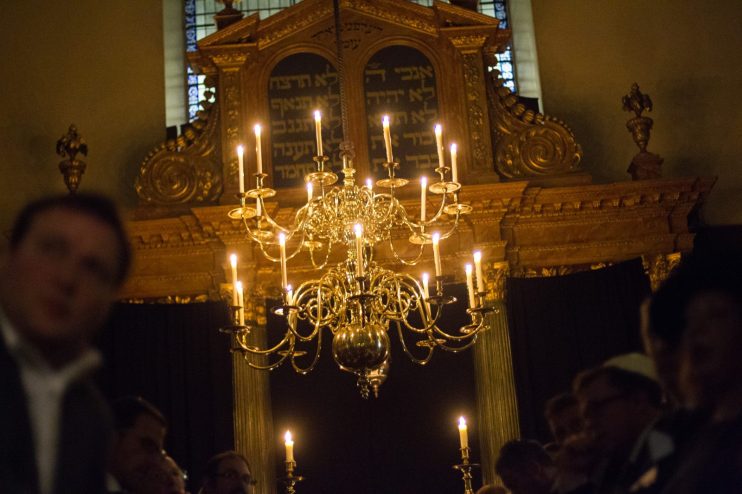Save Bevis Marks: Skyscraper plans are a menace to the City’s heritage

The business of London is business. So it has always been. The earliest surviving piece of writing from the city, inscribed on a wooden tablet barely a decade after its foundation by the Romans in AD 43, is an IOU. For two millennia, people have been coming to London to make money. It is the City’s most venerable tradition.
Nevertheless, Mammon does not have it all his own way. There are certain buildings and landmarks within the limits of the City that even developers are obliged to respect. St Paul’s Cathedral, the Tower of London, the Monument: all are strictly protected by planning controls.
The City of London Corporation has introduced these, and continues to uphold them, because London, for all its status as a great financial capital, is not solely a headquarters for banks. It is also one of the world’s most celebrated cities – as rich in historically-significant monuments as anywhere in the world. Not all these monuments are as renowned as St Paul’s or the Tower; but they are no less culturally resonant for that.
Yet now, when the Corporation has a perfect opportunity to step into the breach, and defend a building of such transcendent importance that it beggars belief anyone could even contemplate sacrificing it on the altar of profit, they look like flunking their chance. Should they do so, an international scandal threatens.
The building in danger is Bevis Marks Synagogue.
It stands on the line of what was once the Roman wall, between Bishopgate and Aldgate, and is very easy to miss. Certainly, unlike Wren’s churches, let alone St Paul’s, it does not advertise its presence. That this should be so reflects the circumstances of its foundation.
The Jews who in 1699 signed a contract with a local Quaker to construct the synagogue, and in 1701 opened it to worshippers, were anxious to tread carefully. Bevis Marks was not London’s first synagogue, but it was the first to have been built in the city for over four centuries. The Jews had been expelled from England back in the reign of Edward I; only in 1655 had Oliver Cromwell, tipping the nod to a rabbi from Amsterdam, given them discrete permission to return.
Over the half century that followed, the number of Jews in London steadily grew. Their presence there portended a new future for the city: one that was resolutely outward-looking, multi-cultural, welcoming to the world. It was a turning point, in short, not just in the history of the Jews in England, but of England itself.
Bevis Marks synagogue, then, is a place freighted with beauty for everyone today who lives in London. The plan by developers to build two multi-storey office-blocks directly next to it threatens to put a building that for over 300 years now has served London as a great symbol of light permanently into shadow.
The backing of planning officers for a 48-storey tower at Bury Street, due to be voted on tomorrow by the relevant committee at the City of London Corporation, is a disgrace. Bevis Marks is Britain’s single most historically significant monument to the role played by Jews in national life. For that reason alone it deserves the protection from developers that is rightly granted to St Paul’s. But there is more.
No other synagogue in Europe has held continuous services for longer than Bevis Marks. Eighty years after the Holocaust, it serves as a symbol for Jews across the continent that light can indeed endure amid darkness. How, then, can the Corporation possibly allow it now to be cast into shade?
It is understandable that London, after the torrid two years it has just endured, should want to make a statement: to let the world know that it is back.
Those voting tomorrow on the future of Bevis Marks synagogue, however, should ask themselves what will speak more loudly: putting up two anonymous office blocks, or conserving the outstanding monument in the City to its long history of multi-culturalism? Profit as well as sentiment should dictate the answer. Bevis Marks should continue to flourish in light.